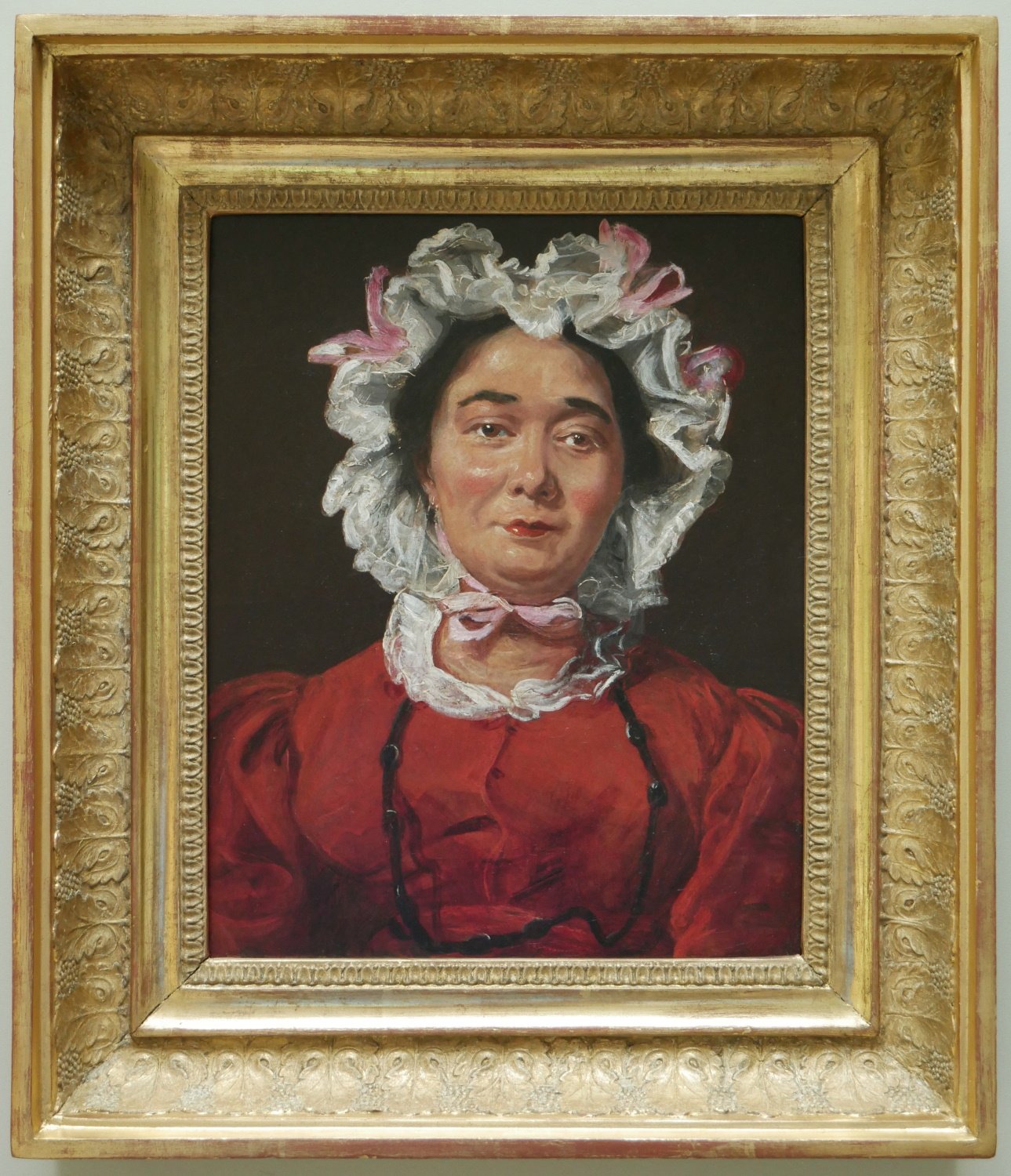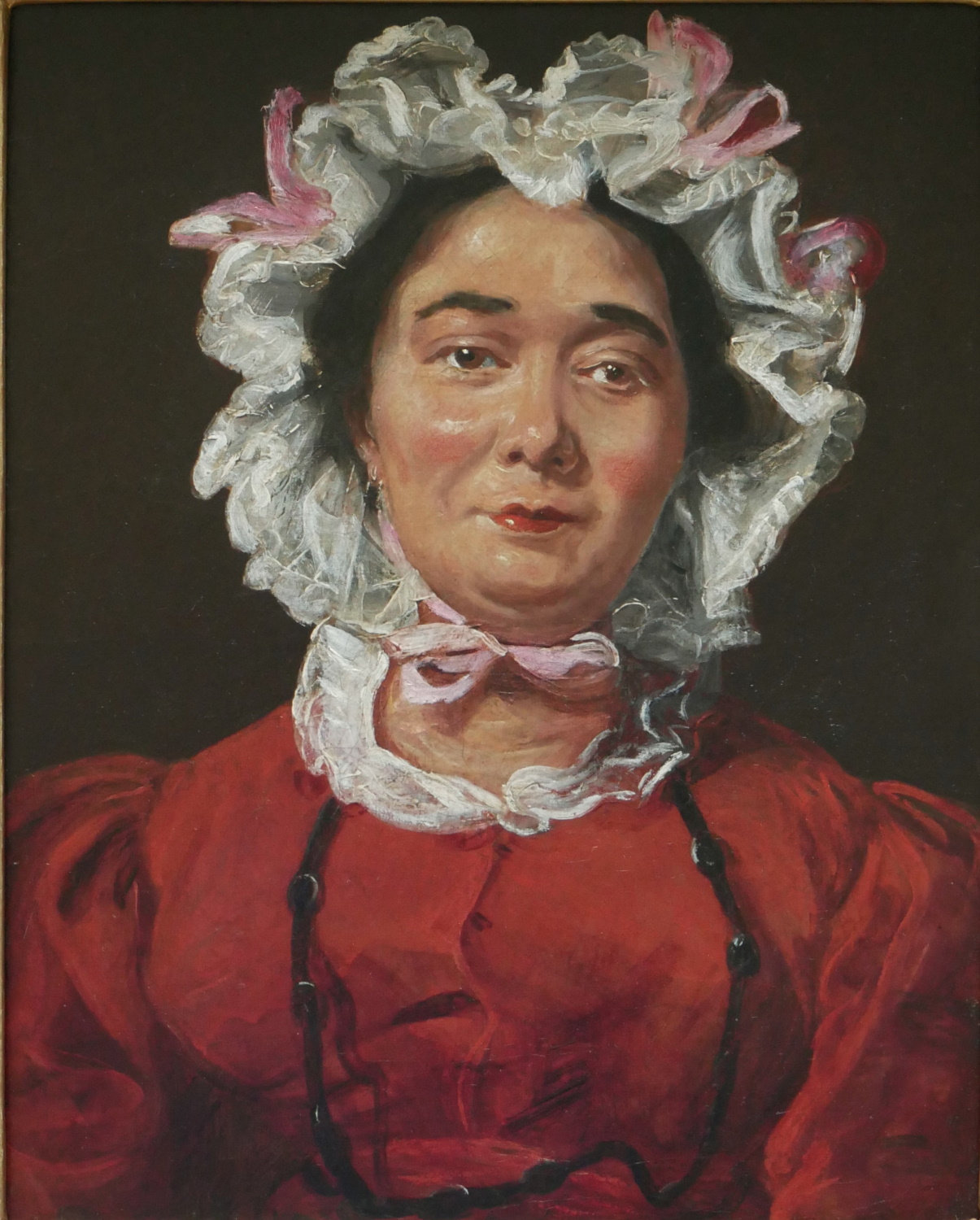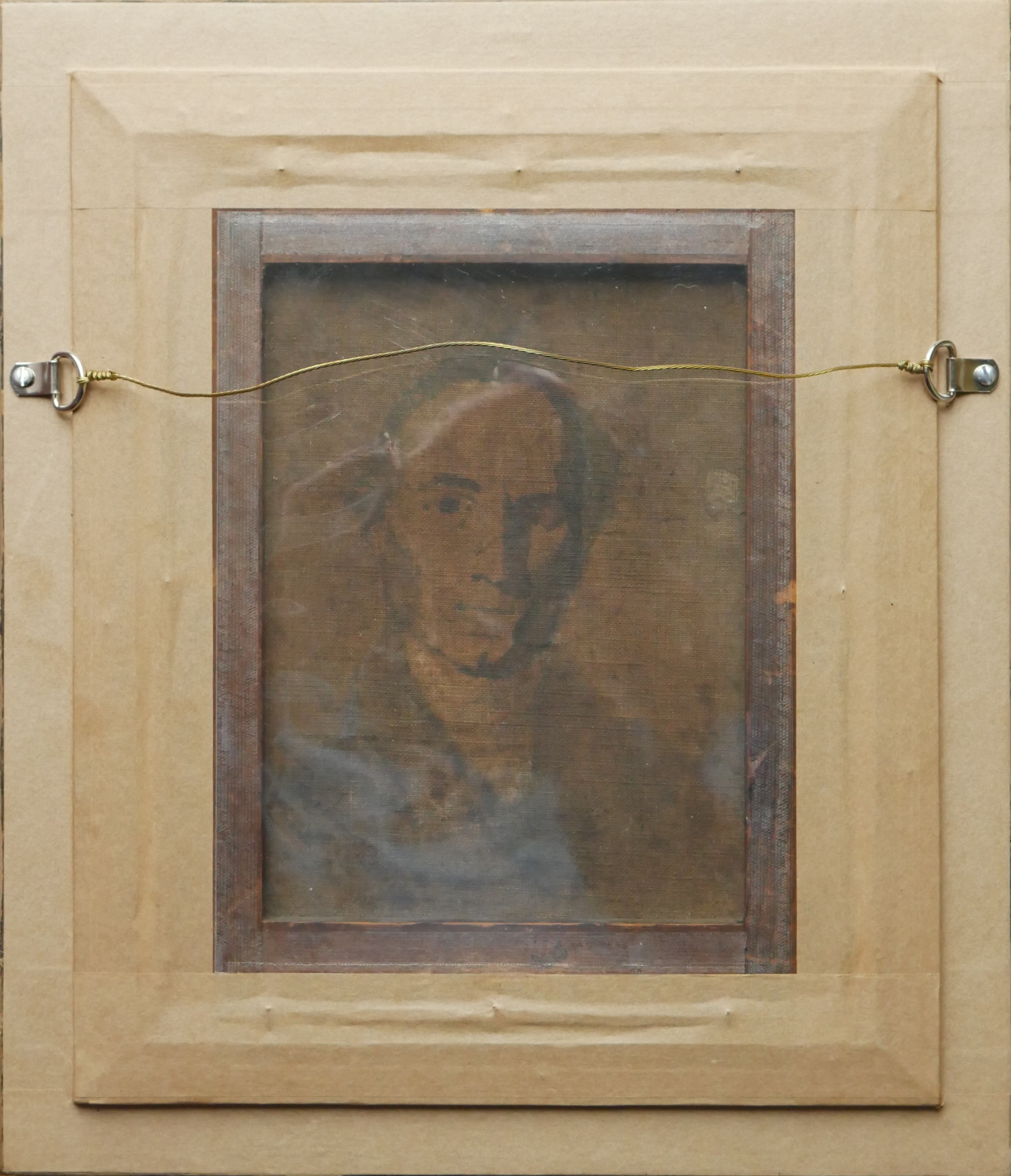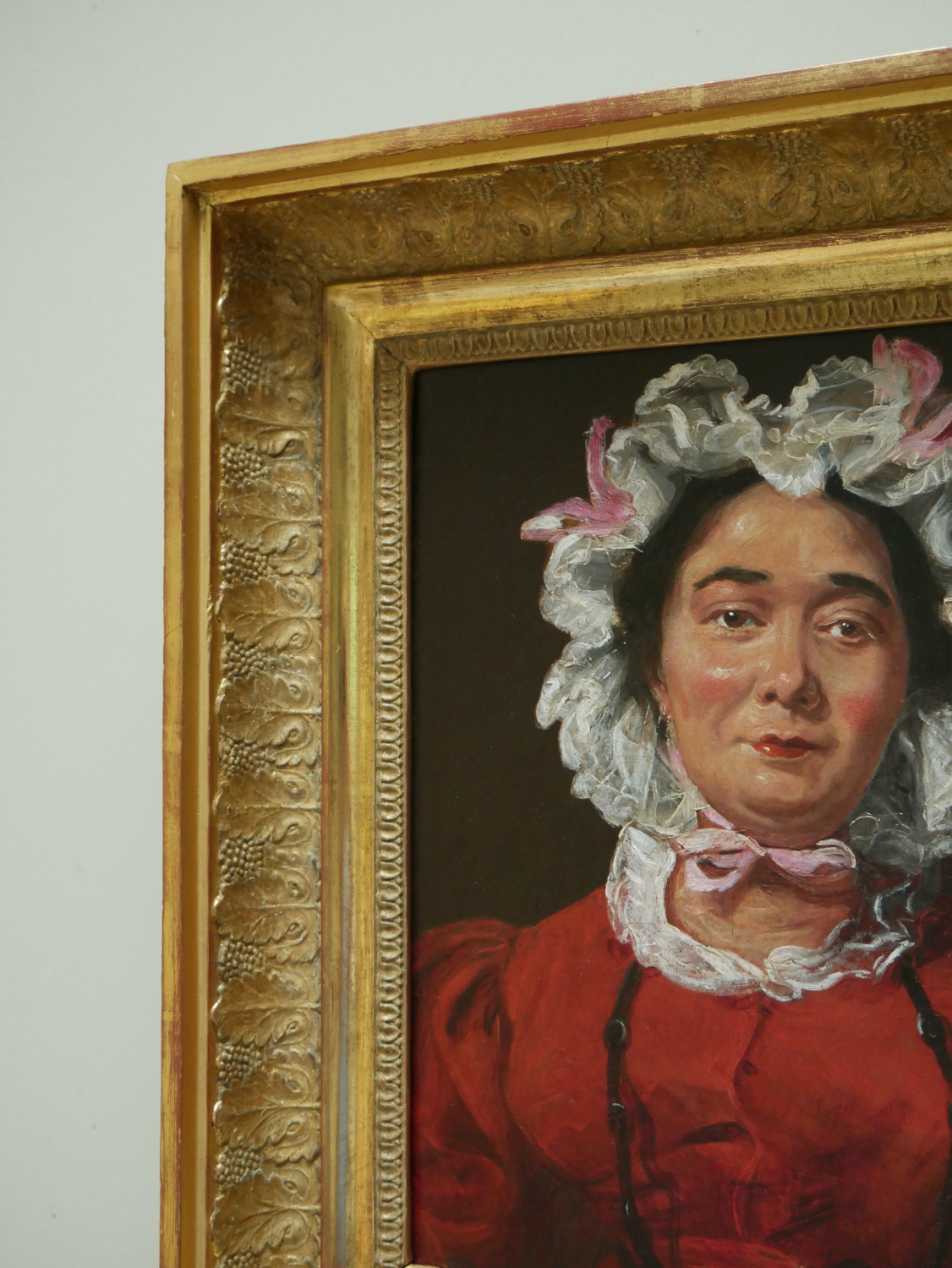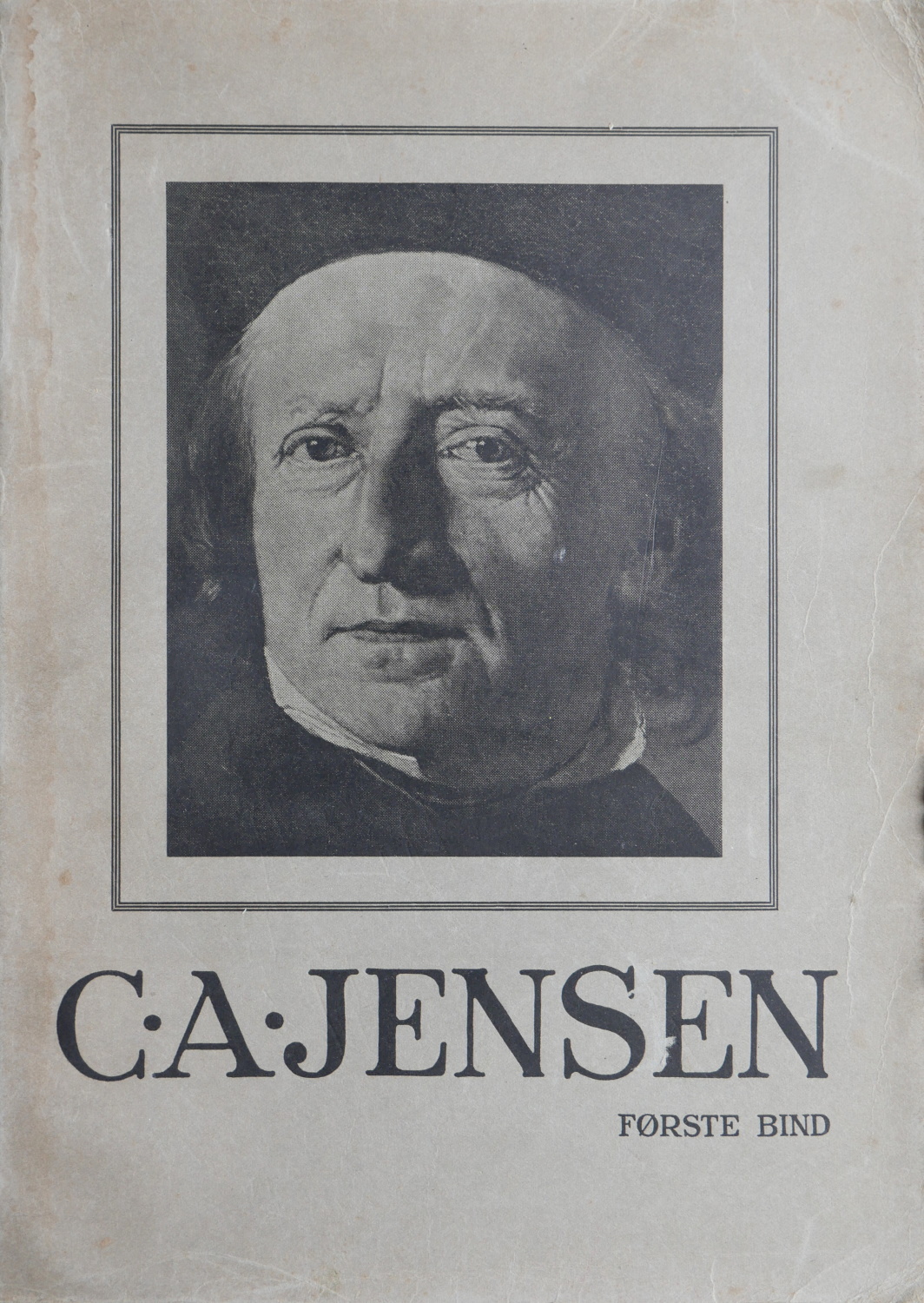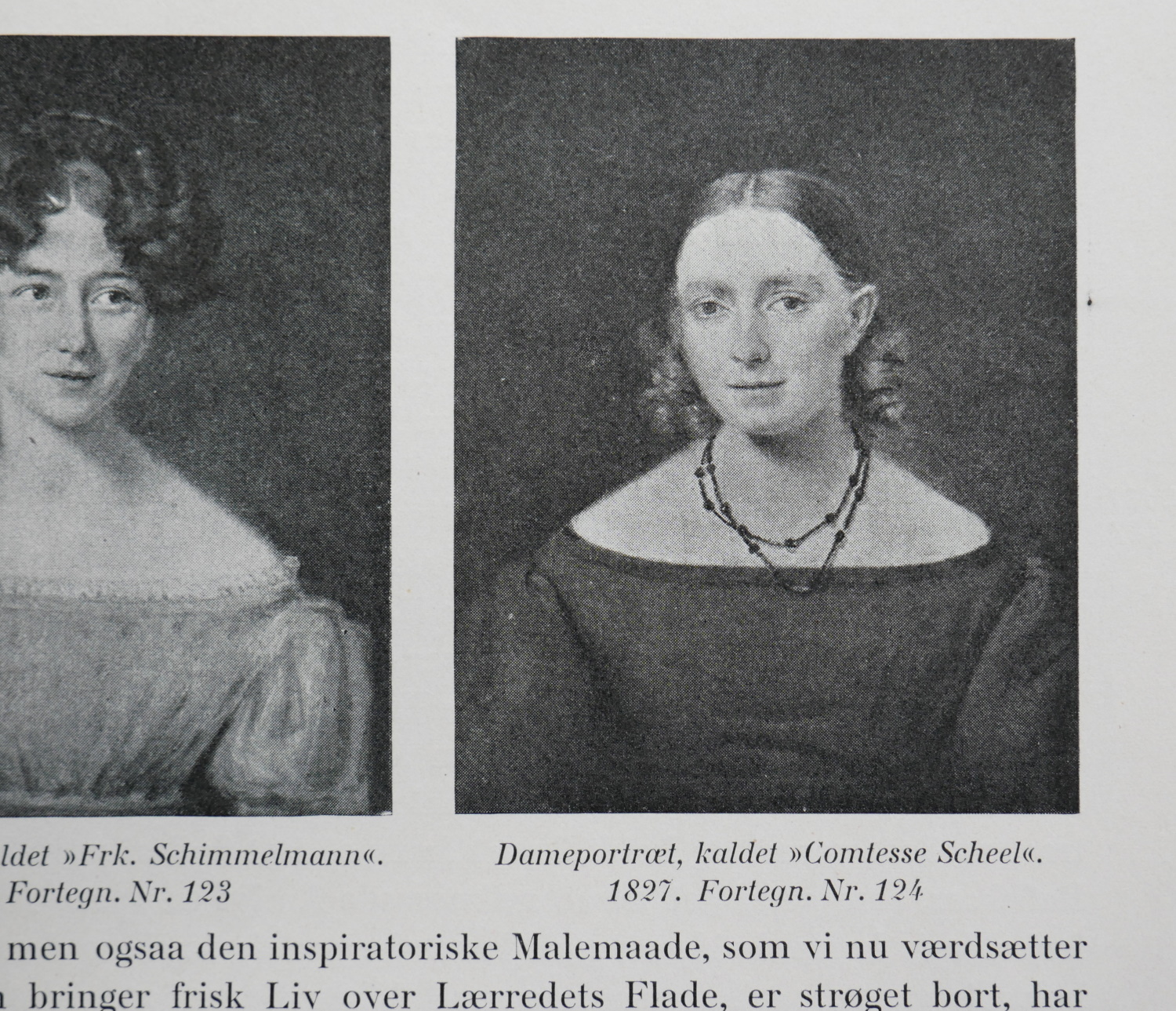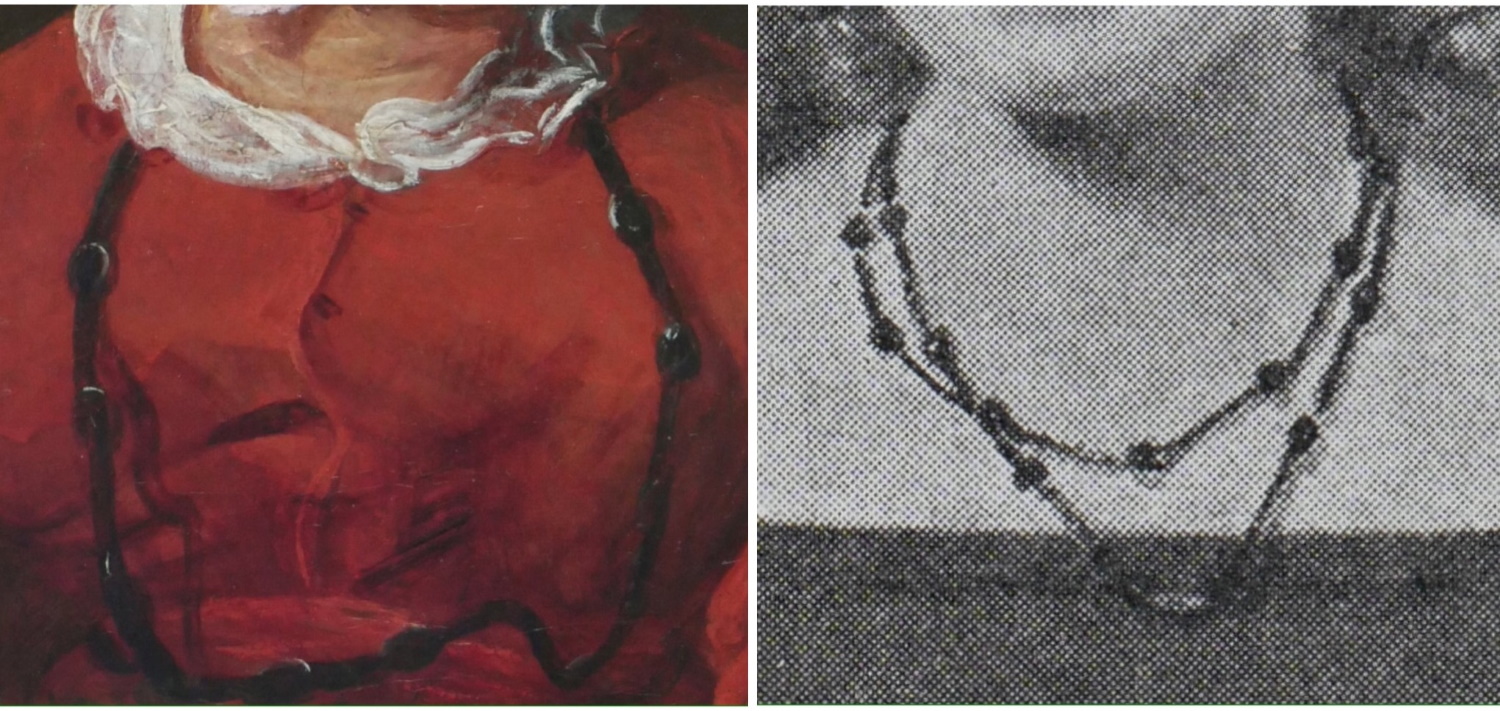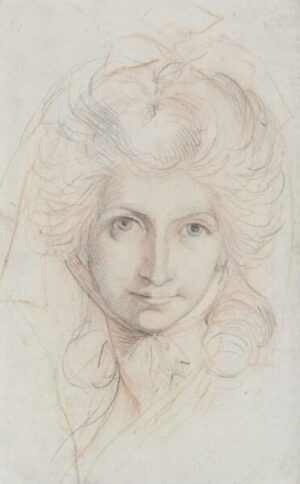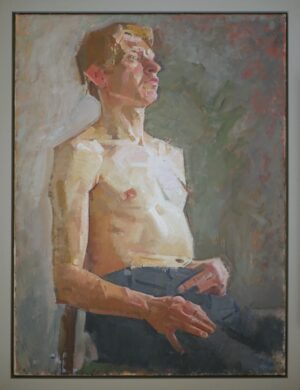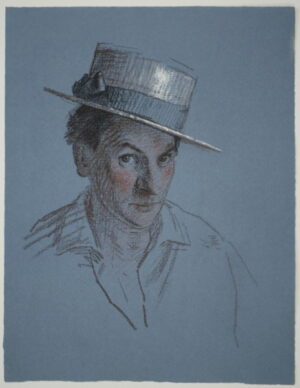Description
This painting is typical of the portraits produced by Danish artists of the 1820s and 30s, the size of the canvas, representation of the sitter and execution point to one of less than a handful of artists. In 2012 we requested an opinion from the Chief Curator, Kasper Monrad, at The National Gallery of Denmark, below is a copy of his reply.
The painting style seems close to that of Christian Albrecht Jensen (1792-1870), who painted several portraits of the same type, often with a lively characterization of the sitter. If it is indeed by Jensen, it is not a sketch, but a finished painting. During his own lifetime, he was known-and scolded by the Danish critics! – For his sketchy painting style.
Jensen had several English customers, however, and could be one of the portraits he painted on his trips to England in 1837, 1838, 1839-40, 1843 and 1853.
Former Chief Curator, Kasper Monrad (1952-2018), Statens Museum for Kunst.
A portrait by Jensen dated 1827 is illustrated in the first volume of Sigurd Schultz’s 2 volume catalogue on the artist. The portrait shows a young lady wearing a similar necklace to the one in our portrait: C. A. Jensen. I-II. Copenhagen, 1932. No.124, page 209.
Brand
Jensen, Christian Albrecht (Danish / 1792-1870)
Christian Albrecht Jensen (1792–1870) was one of the most important portrait artists of the Danish Golden Age, and also one of the very few who devoted himself entirely to portraits. His light brush and immediate realism made him one of the portrait painters most in demand during the 1820s.
Jensen was taught at the Academy in Copenhagen during the years 1810-16 by C. A. Lorentzen, a minor portraitist. Independently, he studied older portraits, and while on the Grand Tour in 1817-21 he achieved his final manner. His journey took him via Dresden, where he attended the Academy for almost a year, and to Rome where he spent three years. Soon after his return, he had a large circle of customers, and around 1827 he was for a short time the busiest portrait painter in the country.
The years from 1825 to 1830 constitute his great period, both in popularity and artistic quality. But he never won comparable official recognition, being by-passed in 1829 for appointment as Lorentzen's successor.
In the 1830s he ran into considerable financial problems due to increasing family responsibilities, and the quality of his work fluctuated. At the same time, he began to lose ground with his customers. Jensen tried to supplement his income by copying older paintings for the portrait collection at Fredericksborg Castle, and this bought disagreement with the curator of the collection, the art historian N. L. Høyen, who wanted exclusively original portraits. Thanks to the support of the Crown Prince, Christian VIII, Jensen continued to supply paintings for the Castle right up to 1847, including works of his own invention from 1840 to 1842 and onwards.
After 1837 he was also a regular traveller abroad, going mainly to England and Russia, in order to win commissions for portraits. Around 1848 he gave up painting almost completely. This was due partly to the fact that, on the death of Christian VIII, he lost his main support, and partly because during Danish-German war in 1848 he incurred political disapproval on account of his sympathy for the cause of Schleswig Holstein.
From 1849 until his death, Jensen worked in the Department of Prints and Drawings, acting as a museum conservator. Although he had no students as such, his paintings had an influence on several younger artists, Købke among others.
